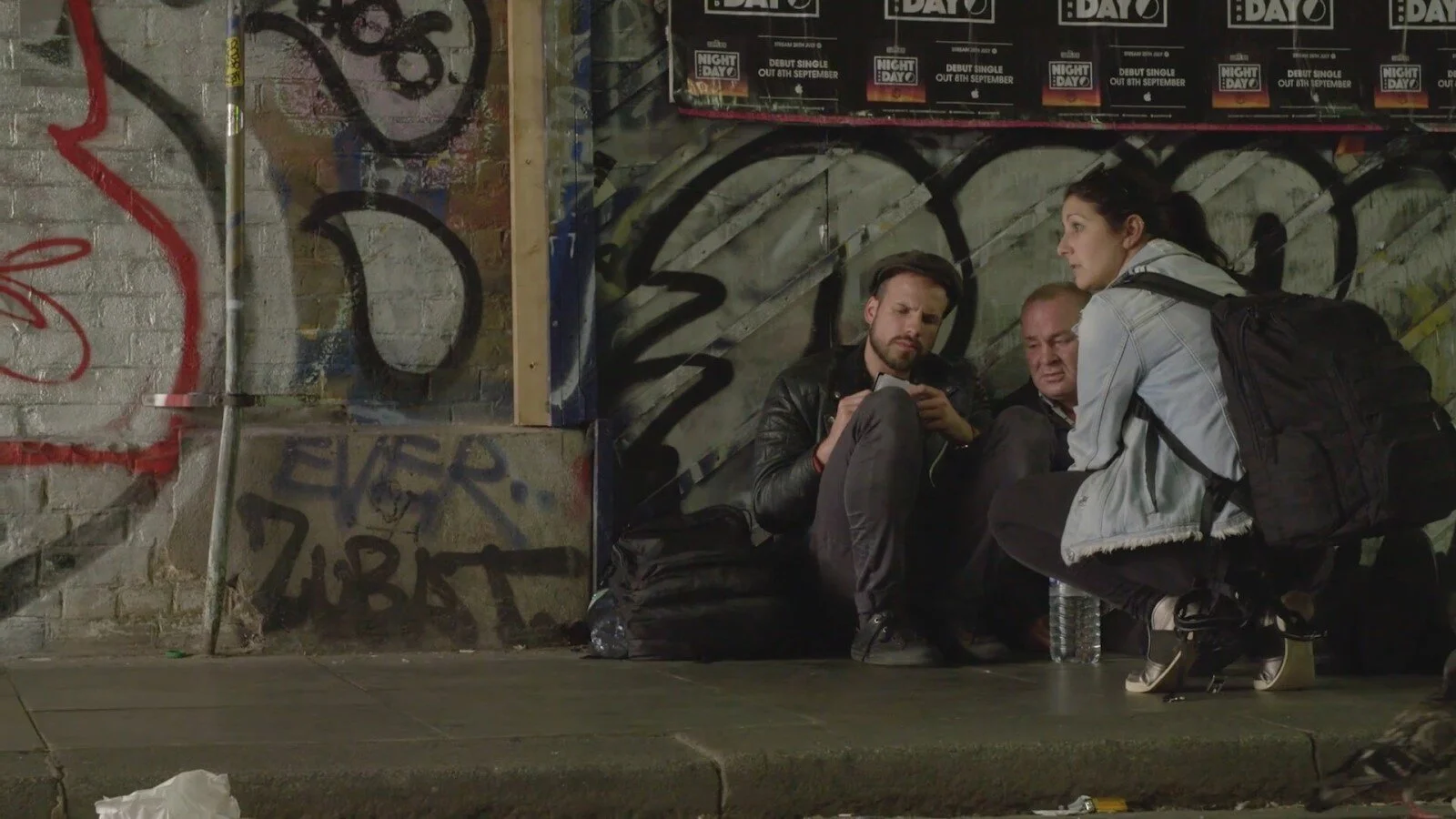The Importance of Global Competence by Ben Goldstein
/With the amount of misinformation and “alternative” news channels available online, and the often damaging influence of social media it is imperative that as educators we analyze with great care the materials we present to our learners.
We also need to reassess our roles as teachers. Aside from transmitting knowledge or delivering content, our materials need to present our learners with the skills, attitudes and values that will make them critical thinkers in today’s globalized connected world.
The Importance of Global Competence
A convenient umbrella term for these life skills, attitudes and values is Global Competence, which has been defined by the OECD as:
“… the capacity to analyse global and intercultural issues critically and from multiple perspectives, to understand how differences affect perceptions, judgments, and ideas of self and others, and to engage in open, appropriate and effective interactions with others from different backgrounds on the basis of a shared respect for human dignity.”
This term can then be broken down into more specific competencies such as Communication, Collaboration, Citizenship, Empathy and Social Responsibility which in turn should lead to positive action on the part of the student.
In order to cultivate Global Competence, our materials should therefore show positive examples of these skills, attitudes and values in action. These can be presented in many different ways be it in the form of stories, articles or personal anecdotes. However, for a message to really hit home, students need to hear a narrative from a voice that they can relate to and, in my experience, video is the most direct and immediate way to communicate such narratives.
DLA’s collection showcases an inspiring range of videos which can help you introduce these important issues into class. Here, we will look at two examples from the DLA catalogue and suggest ways in which they can be exploited to encourage Global Competence as well as the more specific competencies mentioned above.
Video 1: Volunteer Hairdresser
The first video is called “Volunteer Hairdresser” and focuses on Josh Coombes who goes out onto the streets of London to cut homeless people’s hair for free.
Josh’s voluntary work is part of a broader campaign called “Do Something for Nothing” which attempts to convince people of the value of making connections with others in their community and helping those in need through acts of goodwill.
As an example of this, the video also features Jade who helps other homeless people look after their dogs – thus we see Jade and Josh collaborating in their voluntary work.
The video’s important message here is that it is not just about the haircut or the dog care but the Communication and Collaboration. It is the fact that Josh and Jade go out and talk to the homeless (just the kind people which society most often ignores), which really matters.
Another crucial consideration is Josh’s strength as a role model. He is relatable precisely because he is not on a crusade to solve these people’s problems, he simply talks to them and, thanks to his skills as a hairdresser, tries to improve their quality of life. As such, he transmits respect for them and reminds them of their dignified lives – two of the central aims from the OECD definition of Global Competence. In fact, his work is a shining example of Empathy and Social Responsibility.
DLA’s resource pack emphasizes a number of these key points and broadens the canvas to include problems other than homelessness. After watching, students are asked to collaborate to do project work based around a problem within their community. After this, they research into different social issues that may be prevalent in other societies and design a volunteering programme that addresses this issue.
Video 2: Young Carer
Another video which touches on these concerns is Young Carer. It tells the story of a young Indian man called Vivek who we see visiting his grandmother Kapila. Also set in London, the story evokes the company and support that a grandson can give a grandparent and, as such, is a touching and heartwarming narrative. As such, Vivek represents a positive and relatable role model as Josh.
At the start, we see Vivek arriving at his grandparents’ house - something he does every week since his grandmother became ill a few years ago. We then watch him in the kitchen making traditional Indian tea (chai), a skill which his grandmother had originally taught him. Here we can see the cultural tradition being passed on from one generation to another.
We then watch them both go to a Bollywood dance class in a local community centre. What is stressed here, apart from the fun that everybody has, is the company that these social encounters give to Kapila and the sense of community she feels there. It also shows the strength and security that family members can bring each other – an important message for students, some of whom might come from fragmented family backgrounds.
In order to make Vivek’s story their own, the DLA resource pack asks students after watching to imagine that they are Vivek and write a comment in an online forum for young carers. This encourages students to reflect on his difficulties in depth and to really put themselves in his shoes. Once again, it highlights the key issues of Empathy and Social Responsibility so central to the notion of Global Competence.
Comparison of the two videos
Though the messages of the two videos are quite similar and their protagonists equally benevolent, the style and aim of the videos could not be more different. Josh’s initiative is presented explicitly as one that viewers should aspire to. For example, we see a provocative question flash up at the start: “In a busy world, how can we make a difference?” Thus, the video sets Josh up as an example for others to follow.
On the other hand, Young Carer is much a more intimate portrait. Vivek’s duty to his family is on a smaller scale but there is something of the broader picture here too. Though Vivek’s devotion is first and foremost to his grandmother this extends to the wider South Asian community when we see him take his grandmother to the dance classes.
With regards to their exploitation, both videos are easy to personalize. Having watched the clips, students can easily relate the content to their own lives – who hasn’t had a special relationship with a grandparent for example? Who hasn’t seen a homeless person on the street and not felt conflicting emotions? Another worthwhile task would be to break down Global Competence into its respective skills and values and ask the students to identify specific examples of Vivek or Josh’s behavior which exemplify these.
The elderly and the homeless: challenging stereotypes
As a follow-up to watching Young Carer, students can then discuss their own families and discuss what they do to help them or what more they could do. This could lead to a general discussion about attitudes to the elderly in society and how we can learn to view old people in a different light.
Likewise, Volunteer Hairdresser could lead to a discussion on challenging fixed ideas about homeless people. Indeed, an important part of Josh’s work is that he gets to know these people’s stories. He looks beyond their status as homeless people – they may well have mental health issues, problems with alcohol or have a problematic family background, etc. – but that should not be how we define them.
Finally, if there is one thing that these two videos bring to the fore it is the power of human connection. Regardless of a person’s status or age, it is the connection that matters. In fact, it is unusual to find materials which communicate this connection so naturally and convincingly and, in a way that students can so easily relate to.





